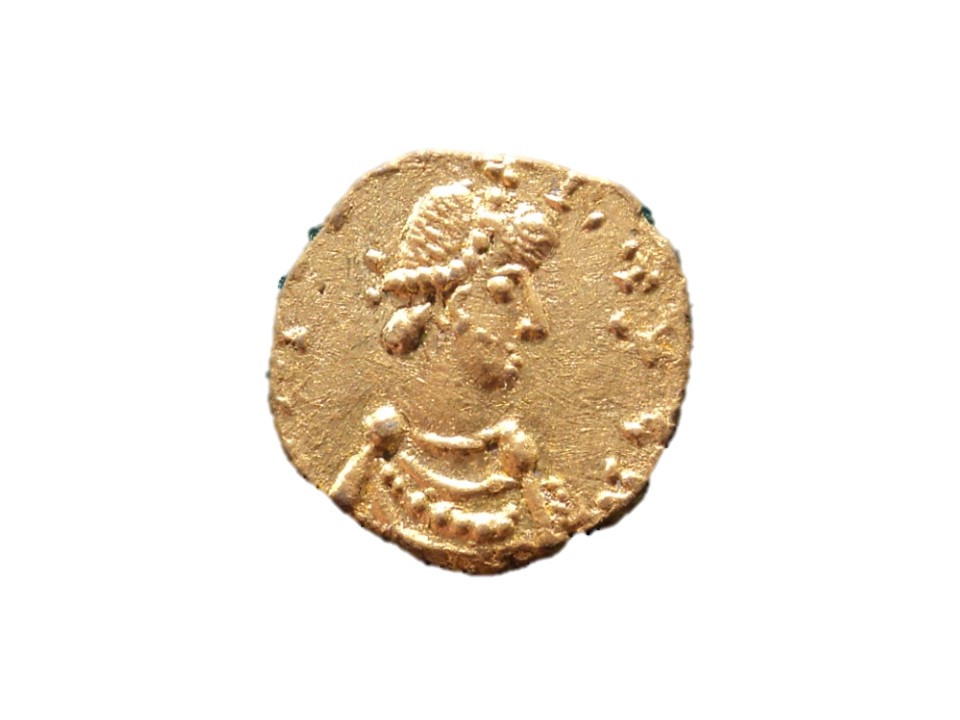What makes a museum piece a showpiece? We consider objects that are rare, very old, valuable, significant for the region or unique in their own way to be showpieces. There are many of these in our collection. On this page, we highlight some of them. Which one is your favourite?
The register of feudal lords of the bishop of Utrecht (status quo autumn 1379)
Registrum feodalium bornorum Ecclesie Traiectensis

The feudal register is the absolute top piece of the Brands Collection. It concerns a remarkable piece of Dutch history. In this register all vassals of the Roman Catholic bishop of Utrecht, Floris van Wevelinchoven (bishop from 1379 to 1393), in the Oversticht (the provinces of Drenthe and Overijssel, and the city of Groningen) are registered.
Vassals received lands, goods and certain rights on loan from the church. They also gained income from this. In return, they swore loyalty to the bishop and performed juridical, administrative and military duties.
Besides this copy, a second copy exists, which can be found in the Utrecht Archive. However, it is incomplete and was actively kept at the time. When a vassal was succeeded by a new one, the old name was replaced – crossed out or scratched from the parchment – by the new one. Additional notes were also made. What makes the copy from Museum Collectie Brands so unique is that hardly any changes have been made and the names of the original vassals can be found. One therefore speaks in Dutch of a “netexemplaar” meaning “clean copy”.
The cover of the register is made of pigskin, the 164 pages of parchment (animal skin). The writing is in Middle Dutch and even mentions the city of Emmen ~ Empne. The list describes the situation in the autumn of 1379, but was probably made at the end of 1380. Jans Brands managed to get hold of the feudal register at an auction, because unlike others he realised that he was dealing with a unique piece of history.
The golden solidus of King Dagobert I
Minted at Marseille c. 629 – 639 by Eligius

A solidus is originally a Roman gold coin, although the term solidus was still used long after the fall of the Roman Empire. This specific solidus dates from the reign of King Dagobert I. It was probably minted around 629-639 in Marseille (Massilia) by mint master Eligius.
Dagobert I reigned from 623 to 639 and was king of Aquitaine, Austrasia, Burgundy and Neustria (territories in parts of today’s Netherlands, Belgium, Luxembourg, France and Germany). Usually Dagobert I is referred to as king of the Franks, although he is also called king of the Merovingians, because of his descent from the Merovingian dynasty.
One of the most striking feats of Dagobert I is that he managed to unite the Frankish Empire and made Paris the capital of the Empire. Because he negotiated many treaties and thereby ensured prosperity, he is also known as ‘the good king’. His sons, on the other hand, who as kings did not exercise any real power, but rather acted as puppets are also known as ‘Roi fainéant’ (literally ‘do-nothing king’).
Only a few copies of this solidus are known. How did Jans Brands manage to get hold of one? The coin was found while working a field near Ter Apel (province of Groningen). The finder then took the coin to a jeweller where it was exchanged for a brooch. At that time, no one had any idea of its historical value. Until Jans Brands came into the picture. He acquired the coin from the jeweller and sent it to the Royal Coin Cabinet for evaluation.